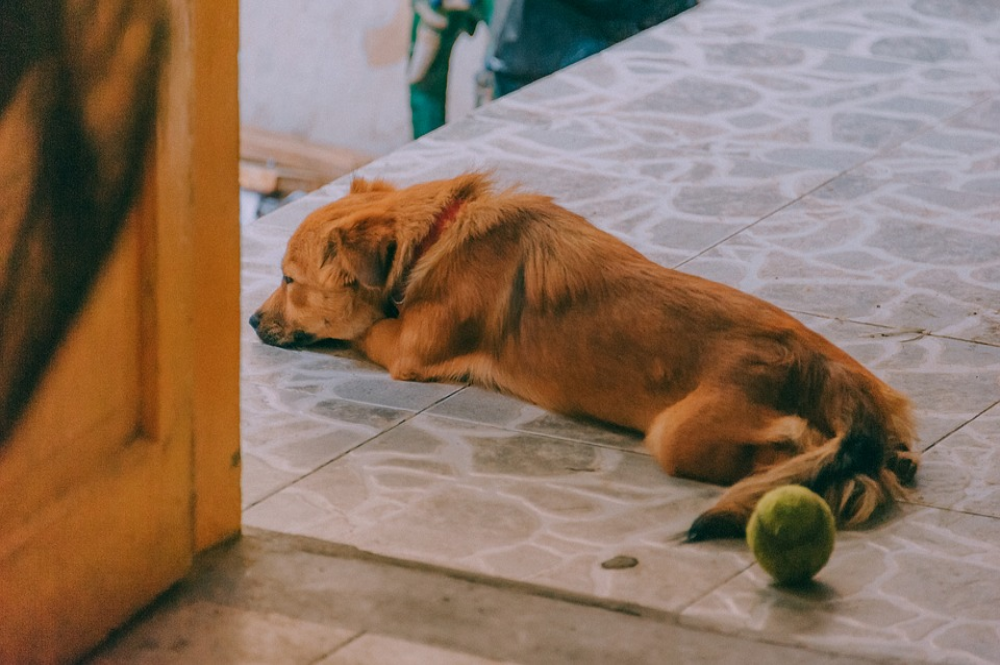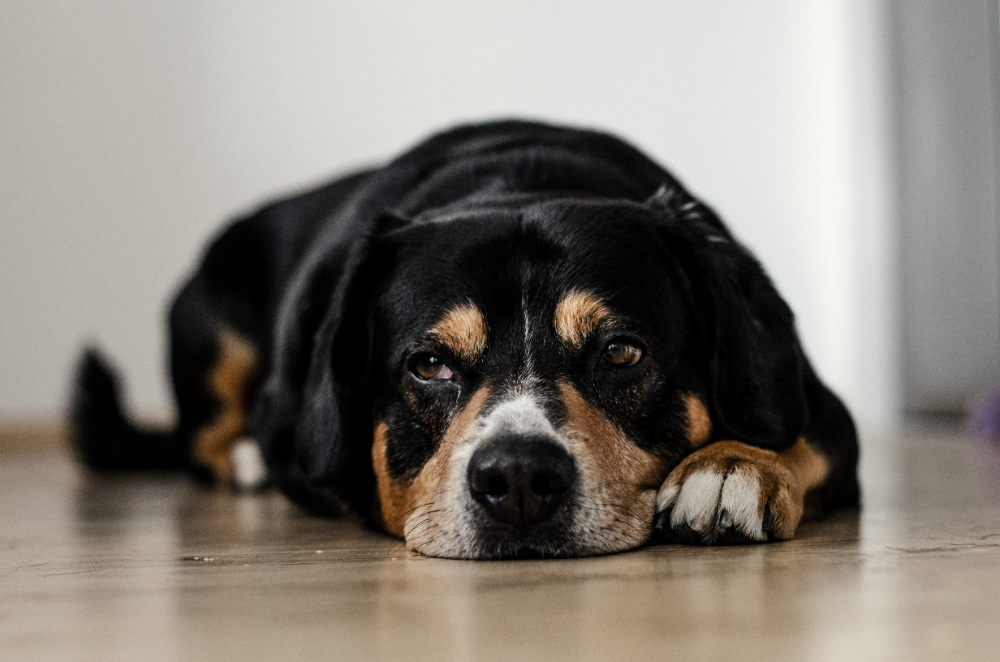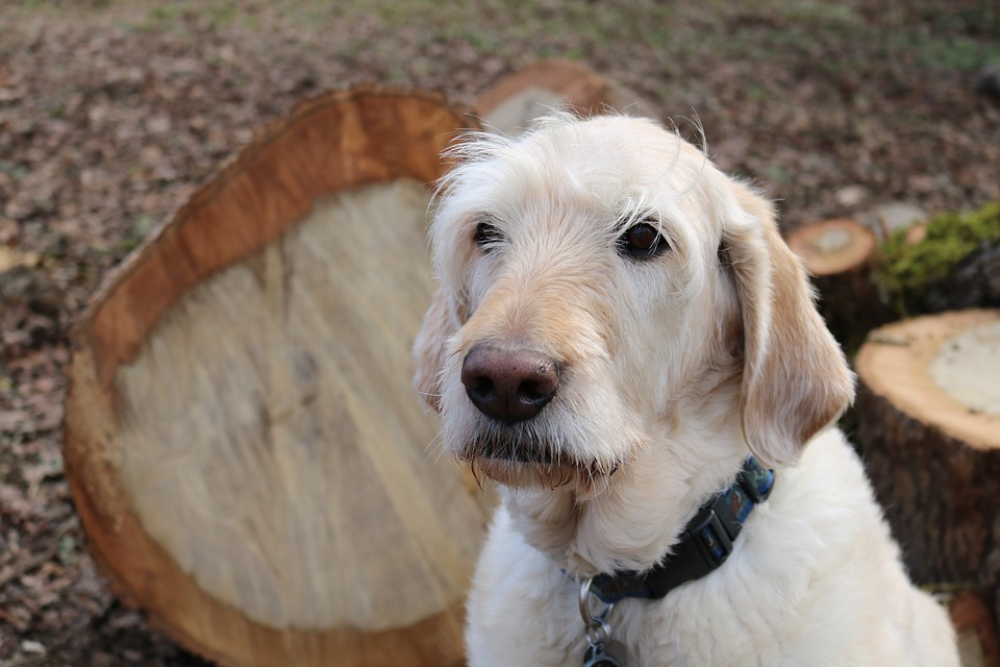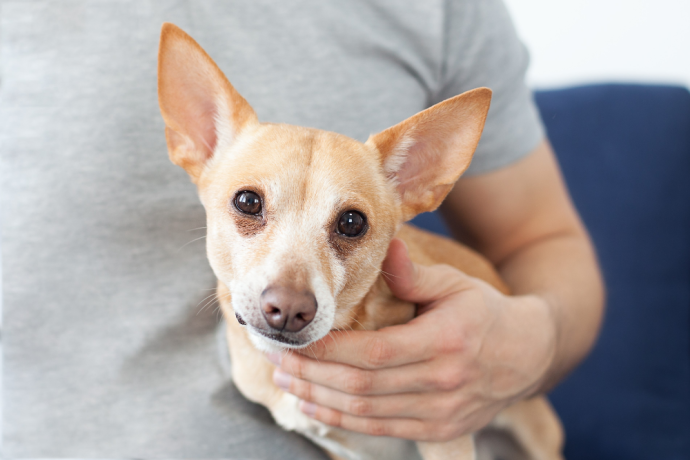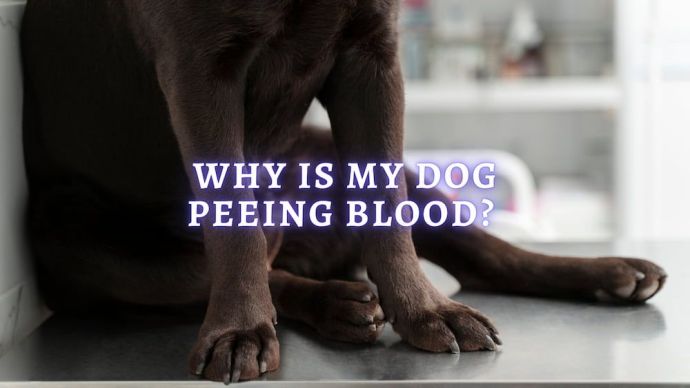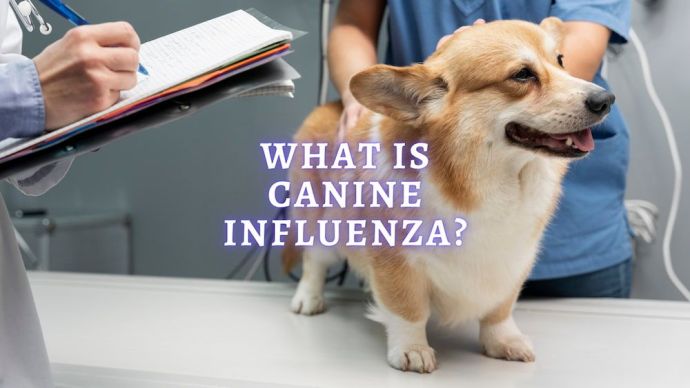How to Tell if Your Dog Has Fleas?
Written by:
Author: Mary Mack
Mary Mack is an avid pet lover with 10 years of writing experience. In addition to writing, Mary enjoys spending time with her pets (a dog, cat, and rabbit that can often be found hogging the bed) and browsing used bookshops for something to add to her shelves.
View all 4 articlesLearn about our editorial process and veterinary review board.
Viewed: 287
Updated on: 02/09/2021
Fleas are one of the most common problems that dog owners will face due to fleas’ ability to thrive both indoors and outdoors, and their populations may quickly multiply by the thousands within a short time. The following guide will help you find out if your dog has insects and, if so, what you should do about it.
How do Dogs Catch Fleas?
First, it’s important to note how your dog may have gotten insects in the first place. There are many ways that fleas can enter a home or otherwise jump onto a dog. If a dog goes outside and walks through the grass where insects reside, then insects may jump on the dog and come home with them to begin feeding and laying eggs, as they are a parasitic insect and treat dogs as their hosts; likewise, if someone walks through a grassy area or even another home or room with an existing flea infestation, insects or eggs can become stuck to their shoes, which will then be brought inside when they return to their own home. From there, the eggs will hatch and the adult insects will begin using the dog as a host.
Dogs can also catch it from people, dogs, or even objects (such as blankets, used clothing or used furniture) where fleas reside. All it takes is a few insects for a pet to become infected due to its ability to reproduce quickly.
The following are the essential questions and answers you need to know when you want to find out if your dog has insects and what you should do if your pet has become infested.
READ MORE: Best Dog Food for Skin Allergies
What do you do if you think your dog has fleas?
If you think that your pet has insects, you need to act as quickly as possible. The longer you wait to respond to a potential infestation, the higher the chances that the flea population will explode in numbers and become more challenging to handle and kill.
The first thing you need to do is check their fur and skin for signs of a flea infestation. Look for signs of flea bites, eggs, or even the insects themselves. Depending on the severity of the outbreak, the insects may be so numerous that you can spot them crawling around in the dog’s fur or skin.
If the infestation is severe or your pet shows any signs of a negative reaction—such as loss of appetite, decreased urination, fever or shaking, pale tongue or nose—then you should take your dog into the vet right away. Dogs can get infections or become anemic, depending on the amount of blood they consume. In this case, antibiotics and possibly a blood transfusion will be necessary.
How do you tell if your Dog has fleas or dry skin?
The symptoms for dry skin in dogs and a flea infestation are remarkably similar, but some differences will help you determine whether or not your pet has insects —or merely flaky skin. The easiest way to determine if your dog’s itchiness is caused by dry skin or fleas is to rule out a flea infestation. Examine your dog’s fur and skin for signs of insects, including “flea dirt,” or black flea feces; insects crawling on the skin; the presence of insects bites; or excessive, severe scratching and biting that may be a result of a sensitivity to fleas called insect allergy dermatitis.
If you spot the signs of a infestation, it is likely that your dog does not have dry skin but is instead suffering from insects.
Can a person get fleas from a Dog?
One of the most common questions pet owners have regarding insects is: “Can I get fleas from my dog?” The answer is—yes, but with a technicality.
Fleas do drink human blood well as blood from animals such as dogs and cats, and it is effortless for insects on dogs to plague their human owners as well. However, pet insects cannot survive on humans and will not live “on” humans in the same way that they frequently live underneath a dog’s fur. Fleas will instead nestle themselves inside bedding, furniture, and even clothes, where they can jump out when a human is resting or nearby and begin to feed.
Humans are a potential supplemental food source for fleas, but they are not suitable hosts since they require dog blood to survive. So you may get flea bites from insects living in your home, but they (fortunately) won’t live on you.
If your pet has insects, then your home has insects; so you will need to begin treating your home for fleas ASAP to prevent a massive flea population from plaguing both you and your dog.
READ MORE: Best Senior Dog Food Reviews
How do you know if you have fleas in your hair?
Although humans do not make an excellent permanent host for fleas, it is possible for fleas to sometimes target your hair as a potential nesting site or feeding ground. The reason for fleas using your hair as a nesting site is that fleas prefer to nest in animals with plenty of furs that can cover and hide them. If you have a full head of hair—especially if your hair is very thick or curly—then insects will see this is a good place to hide out when they aren’t laying eggs around the house. (And don’t worry about the off chance that a flea manages to lay an egg while on your scalp, their eggs are designed to fall off a host onto the floor, where they will be hidden inside floor or carpet fibers.)
If insects are living inside your hair, you will likely notice them in the same way you would spot fleas on your dog. Your skin will feel itchy, you may see specs of dark flea dirt, and you may even spot the insects themselves.
You may also begin to notice flea bites on your scalp. Flea bites are rather small and manifest as red bumps with a small circumference. Most insect bites occur in groups, so you may see 3-4 bites in a small area or even bites in a straight line. You will usually see a halo-like ring around the center of the bite.
If insects continue to plague your hair, you can take a few steps to make your hair unsuitable as a place to hide or feed. Use a shampoo with a strong-smelling essential oil such as tea tree or eucalyptus oil (make sure to keep all essential oils away from pets, as they are toxic); comb your hair frequently, and tie your hair into a tighter bun or ponytail to give the insects fewer places to hide.
READ MORE: Can a Dog get Parvo twice
What does a flea bite on a Dog look like?
Flea bites on pet skin look similar to other insect bites; however, they are noticeably smaller than bites from most insects. Thankfully, insects often come with more noticeable signs—such as flea dirt and the presence of insects on the dog’s skin—which makes it easier to determine when insect bites on your dog’s skin are from insects and not another type of insect.
On a dog, bites will appear as a small, red bump. There may be a halo around the bite, although the halo is more common on human skin than dog skin. Bites on dogs may appear in a singular form or part of a grouping that can be clustered or appear in a straight line. Flea bites are sometimes inflamed due to a pet scratching them repeatedly. If your pet has an allergy or sensitivity to insects, then the bites will likely be larger and more inflamed.
Depending on the severity of the bite and how much your dog has scratched it, the bite may have been torn open. This causes bleeding and eventually scabbing. The skin around a insect’s bite will also become red and irritated, especially if your pet is prone to scratching or has a higher sensitivity to insects.
READ MORE: How to Deal with Aggressive Dogs
Final Thoughts
Thankfully, the symptoms of insects on dogs are fairly easy to spot as long as you take the time to inspect your dog immediately if you spot them scratching or notice signs of flea dirt, insect bites or the fleas themselves. Remember that it is very important to act as quickly as possible when you find fleas on your pet since flea populations can quickly explode in a matter of days and the longer you wait to treat the problem, the more difficult it will be to manage them.
If you spot signs of insects on your dog, consult with your veterinarian about the best treatment plan for your dog’s needs. Common forms of treatment include using a vet-approved insect medication that can kill fleas and incorporating a daily house cleaning routine to kill and remove eggs and adult insects from your home.
 Dog Care Am I Ready to Be a Dog Parent? 7 Things to Consider Before Getting a Puppy
Dog Care Am I Ready to Be a Dog Parent? 7 Things to Consider Before Getting a Puppy - 227
- 0
 Dog Veterinary Tips Why is my Dog throwing up: Causes and Preventing (Veterinary Advice)
Dog Veterinary Tips Why is my Dog throwing up: Causes and Preventing (Veterinary Advice) - 23424
- 5
 Dog Care Why Is My Dog Bleeding From Its Butt? Causes and treatment of rectal bleeding in the dog
Dog Care Why Is My Dog Bleeding From Its Butt? Causes and treatment of rectal bleeding in the dog - 22076
- 0
 Dog Care My Dog Keeps Scratching His Mouth: Reasons Why Your Dog Scratching Face
Dog Care My Dog Keeps Scratching His Mouth: Reasons Why Your Dog Scratching Face - 17561
- 1









